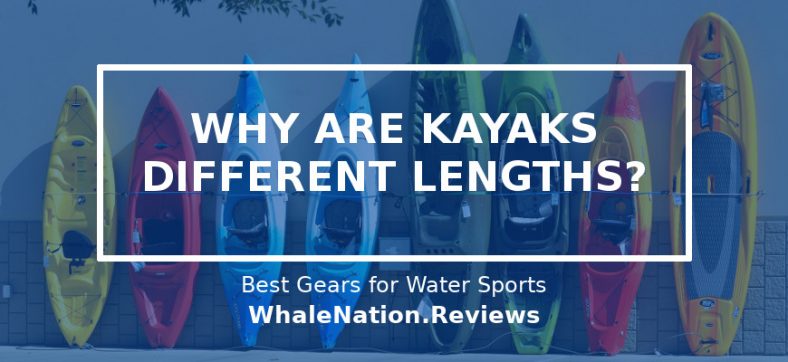There are several types of kayaks with each their own purpose. This design for the maximum utility to serve the purpose changes the appearance and size of the kayak. Let’s take a closer look at what each kayak type does and their typical dimensions to fit their job description.
The 3 Different Kayak Sizes and Their Dimensions
Recreational Kayaks
Recreational kayaks are typically sit-on-top designs for leisure use and comfort. Storage and space is not a priority, so we tend to find recreational designs not as long compared to other types. They do, however, have wider beams to provide better stability.
Recreationals tend to be 12 feet and under in terms of length. Their width may be anywhere between 27 to 36 inches. For sit-in kayaks, the cockpit can come in different shapes, but tend to be either oval or squarish in design, with 36 inches or greater in length and 20 inches or greater in width.
An example of a recreational kayak is the 10-feet Sun Dolphin Aruba and the inflatable 9-feet Intex Challenger K1.
Fishing (Angler) Kayaks
Kayaks built for fishing can also go by the name anglers. Angler kayaks are built to be stable laterally. This stability allow fishers space to carry fishing gear and equipment, for casting a fishing line, and for shuffling on the boat. Some fishers may mount an electric trolling motor for driving the kayak which puts a higher demand for stability. This type of boat may also be lengthier than recreational kayaks to provide better tracking experience.
Anglers tend to be between 10 to 14 feet in length. They have wider beams (width of the kayak) than recreational kayaks that can be as wide as 42 inches long.
An example of a fishing kayak is the 13-feet Vibe Kayaks Sea Ghost.
Sea and Touring Kayaks
Sea or touring kayaks tend to be long in length. They are built to stroll through water for longer miles. The designs provide better speed and gliding experiences for the longer distance, as well as extra storage space for carry-ons. The boats are built to be seaworthy, designed to ride wave water proficiently and for comfort during the longer times spent in the water. However, for their speed and performance, this design tend to trade off maneuvrability and stability with shorter boat widths.
Sea or touring can have a length ranging between 12 to 20 feet, or up to 24 feet for tandem. The width tend to be between 18 to 24 inches.
An example of a sea/touring kayak is the 16.5-feet Riot Kayaks Brittany and the 13-feet Perception Kayak Conduit.

Does The Length Of A Kayak Matter?
The length of a kayak does not matter significantly in evaluating the capability of a kayak. At most, when you store a kayak for using the next time is when the length might play a role. We explain further by addressing what a kayaker may want to look out for when choosing the right kayak.
Sit-in Kayak Cockpit Dimensions Matter for Getting in and Out With Ease
When it comes to sit-in kayaks, the width and length of the cockpit hole is essential for both comfort and safety. The width of the hole addresses the waist size while the length of the hole is more about the ability to climb in and out of the cockpit.
The length tends to be an underestimated issue and its dimension should be watched out for. Typically, 32 inches or greater in length is suitable for individuals taller than 6-feet. It can allow for a comfortable “butt drop” followed by scooting the legs into the cockpit. 28 inches or less as a length can make climbing in and out of the cockpit uncomfortable.
As for the width, this will depend on the individual. Anything cockpit width greater than 20 inches is sufficient for most individuals. 18 inches or less can be uncomfortable for wider individuals.
Design Focus and Hull Design Affects Kayak Performance
As for the length of the kayak itself, this may not matter as much. The overall design of the kayak for a particular purpose, particularly the hull (bottom of the boat) has a higher impact to your kayaking experience. Some things the hull affects are the following:
- Stability: How well a boat resists tipping over under normal water conditions
- Tracking: How well a boat stays in a straight line while on the move
- Speed and glide: How well a boat moves and it’s potential for higher speed
- Maneuverability: How well a boat turns
Storage Compartments for Keeping Your Things on Board and Secured
Storage is another consideration point in deciding what kayak you may choose. After considering what items you may want to carry with you, we want to consider the storage capability of each model on its own merit. Recreational kayaks tend to have either one or no storage compartments while fishing kayaks tend to have multiple storage compartments of three or more.
Although length doesn’t play a huge role in the amount of storage space available, it can be used as an indication of whether a boat potentially have storage space and warrant further research.
